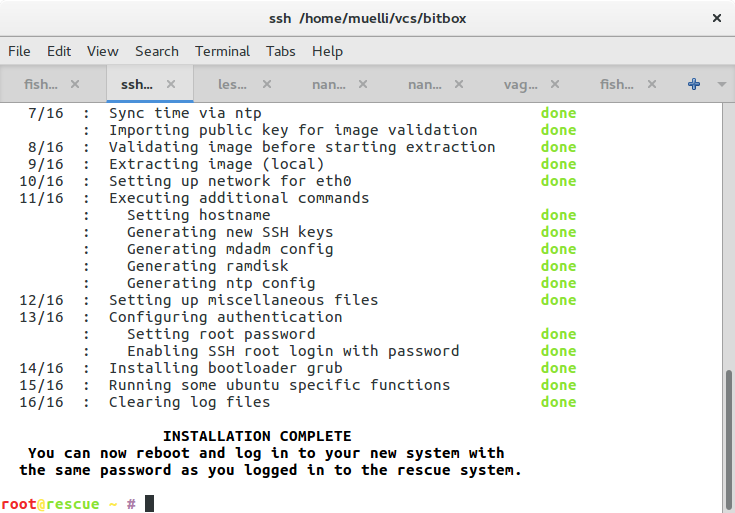
Since There is no other OS on this system, it’s safe to install GRUB boot loader: The default is to make a single partition the size of the HDD:Ĭonfirm the partition setup and continue with the installation: For advanced setups, you can use only a percentage of the available space and create more partitions later on (And all of them would be automatically encrypted). Setup a strong passphrase for LUKS and confirm it:ĭecide on how much of the disk space you want to dedicate to the root partition.

In the next window, take extreme care to select the right HDD in case you have multiple ones:Ĭonfirm changing the partition scheme to LVM if it was asked for: The disk might need to be unmounted first:Ĭhoose Guided - use entire disk and setup encrypted LVM option: We are going to use LVM inside the LUKS container, it is not only supported, but the recommended way as we could also make use of advanced LVM functionalities later on.įollow the installation until you reach the disk partitioning section: It is tricky to get your head around how it works and there may be improvements in a future update to make it easier to figure out.These steps would completely remove any leftover partitions and their associated data on the drive without the possibility to recover. That is what the reverse ssh setup is doing in the pineapple UI.


The more I read the more it seems that I may have to go the latter route and install openssh in place of dropbear to accomplish this.

I would like to implement a new user with sudo privileges and have ssh block logging in as root directly and set it to use an rsa key and disallow passwords. There were numerous other tweaks he applied as well such as only allowing ssh2 and listening to a specific IP address for connections. In the latest Hak5 episode Darren was editing an ssh config file which allowed him to filter what users could log in as well as set ssh to only authenticate with an rsa key and disallow password authentication.


 0 kommentar(er)
0 kommentar(er)
